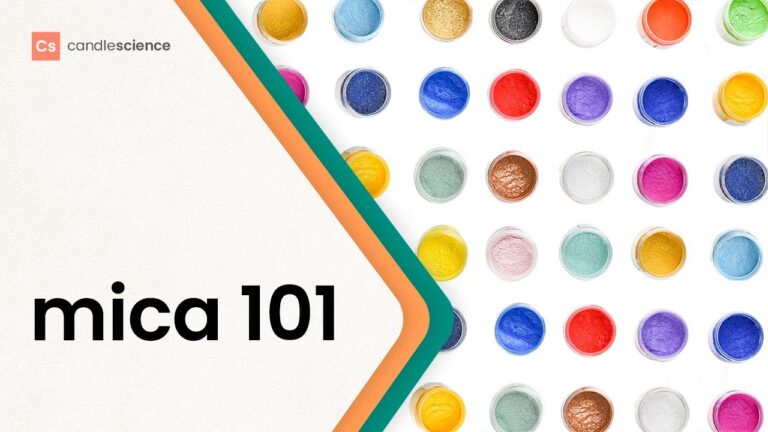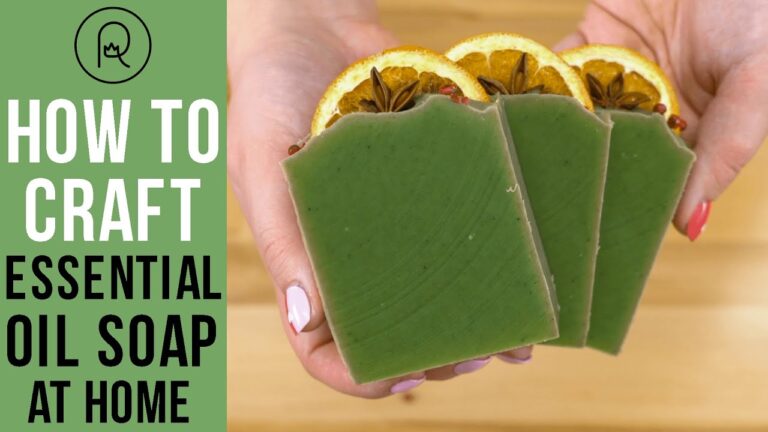Are you experiencing issues with your cold process soap making? From seizing to discoloration, troubleshooting common problems can be frustrating. In this article, we will explore some common issues that arise during cold process soap making and provide practical solutions to help you achieve perfect results every time. Whether you are a beginner or a seasoned soap maker, these tips will help you troubleshoot and improve your cold process soap making skills.
Why hasn’t my soap hardened after 24 hours?
If you’re wondering why your soap is still soft after 24 hours, it could be because it did not go through the gel phase during the soap-making process. This can result in a softer texture upon unmolding, and the soap may even be crumbly with pieces breaking off in the mold. To address this issue, it’s recommended to wait an additional 24-48 hours before unmolding to allow the soap to fully set and harden.
When soap fails to go through the gel phase, it can lead to a softer consistency even after 24 hours. To avoid this, ensure that your soap goes through the gel phase during the saponification process to achieve the desired firmness. Waiting an extra day or two before unmolding can also help the soap fully set and harden, resulting in a firmer, longer-lasting bar.
How should one proceed if soap does not reach trace?
If you find yourself struggling with soap that won’t trace, don’t fret. During the winter months, the cold room temperature can slow down the saponification process. One simple solution is to heat your oils to at least 30 degrees Celsius before mixing. This slight increase in temperature can help to speed up the tracing process and ensure a successful batch of soap.
By heating your oils to the recommended temperature, you are giving your soap recipe the best chance to reach trace in a timely manner. Sometimes all it takes is a little extra warmth to kickstart the saponification process and get your soap ingredients to emulsify properly. With a bit of patience and careful monitoring of your temperatures, you can overcome the issue of soap that won’t trace and create beautiful, well-formed bars of soap.
So, the next time you encounter soap that just won’t trace, remember to adjust the temperature of your oils. By heating them to at least 30 degrees Celsius, you can help speed up the saponification process and encourage your soap to reach trace more quickly. With this simple adjustment, you can confidently move forward with your soap-making journey and create high-quality bars of soap that are sure to impress.
What causes my cold process soap to resemble applesauce?
If your cold process soap batch has unexpectedly turned into a thick and curdled consistency resembling applesauce, it may have experienced what is known as a seize. Typically, soap batter should have the smooth and pourable consistency of cake batter as it is being mixed. However, when a seize occurs, the soap thickens suddenly and unexpectedly, resulting in a texture similar to applesauce.
When mixing your soap batch, it is important to ensure that all ingredients are properly incorporated to prevent any seizing from occurring. By carefully monitoring the mixing process and being mindful of any sudden changes in consistency, you can help maintain the smooth and pourable texture of your soap batter. If your soap does seize and end up looking like applesauce, it may be salvageable by quickly transferring it into a mold and allowing it to harden before cutting into bars.
Mastering the Art of Cold Process Soap Making
Unlock the secrets to creating luxurious handmade soap with our comprehensive guide to mastering the art of cold process soap making. Learn how to combine oils, lye, and water to create beautifully scented and nourishing bars of soap that are perfect for gifting or keeping for yourself.
Discover the science behind the cold process method and how to safely handle lye while creating unique and personalized soap creations. From choosing the right ingredients to mastering the art of swirling and layering, our step-by-step instructions will help you create stunning soap designs that will impress friends and family.
With practice and patience, you can elevate your soap making skills to a whole new level and create high-quality bars of soap that rival those found in boutique shops. Whether you’re a beginner or experienced soap maker, our guide will provide you with the knowledge and confidence to experiment with different ingredients and techniques to create your own signature soap recipes. Master the art of cold process soap making and unleash your creativity today.
Unlocking the Secrets to Perfecting Your Soap Recipe
Are you ready to take your soap-making skills to the next level? Look no further, as we have the key to unlocking the secrets to perfecting your soap recipe. With the right combination of oils, fragrances, and techniques, you can create a luxurious and unique soap that will leave your skin feeling nourished and refreshed. Experiment with different ingredients and proportions to find the perfect balance that suits your skin type and preferences. Let your creativity flow and discover the satisfaction of crafting the perfect soap that is truly one-of-a-kind.
Mastering the art of soap-making is a rewarding and fulfilling journey that allows you to customize your creations to suit your individual needs. By understanding the science behind soap-making and honing your skills through practice, you can achieve the perfect balance of cleansing and moisturizing properties in your soap. With our expert tips and guidance, you can confidently navigate the world of soap-making and unlock the secrets to creating high-quality, handmade soaps that will impress your friends and family. Embrace the creative process and enjoy the satisfaction of crafting your own personalized soap recipes that will elevate your self-care routine to new heights.
Incorporating cold process soap making into your routine can be a rewarding and fulfilling experience, but it’s not without its challenges. By understanding common troubleshooting issues such as acceleration, seizing, or incorrect temperatures, you can confidently navigate the process and create beautiful, high-quality soap. Remember to approach each batch with patience, practice, and a willingness to learn from any setbacks. With time and dedication, you’ll soon be crafting stunning bars of soap that are a true reflection of your creativity and skill. Happy soap making!



